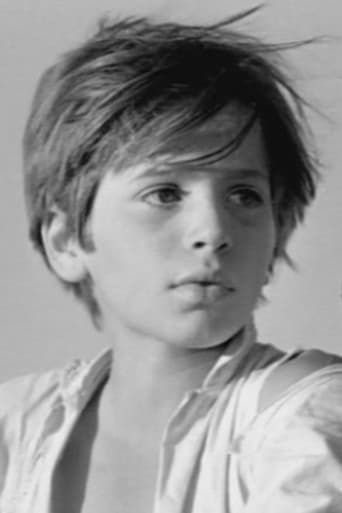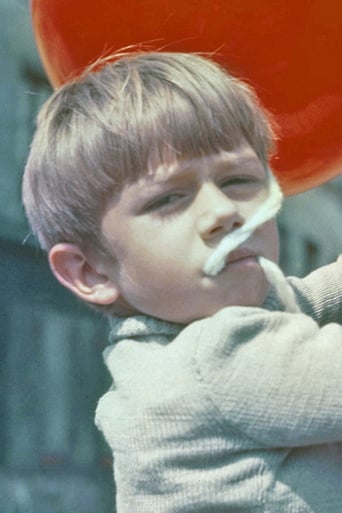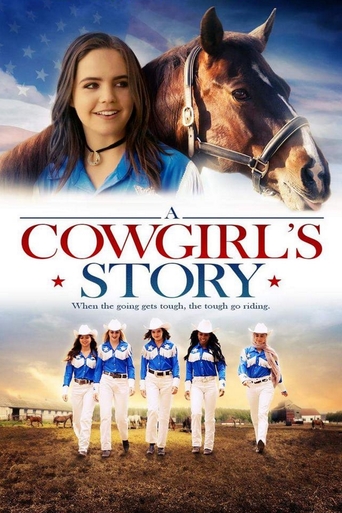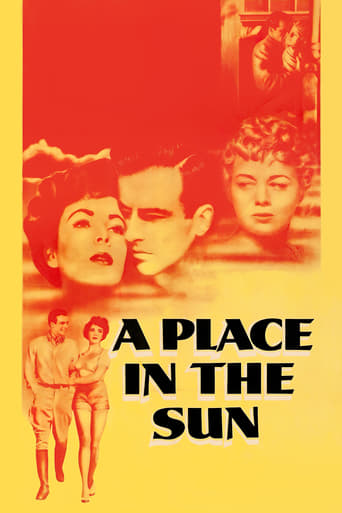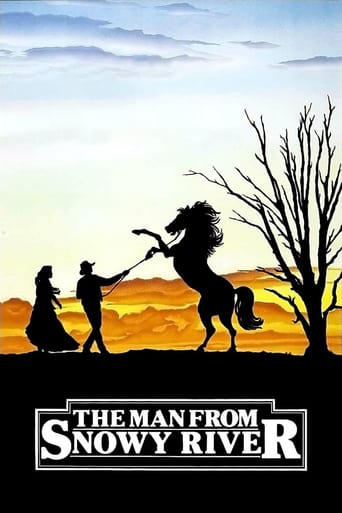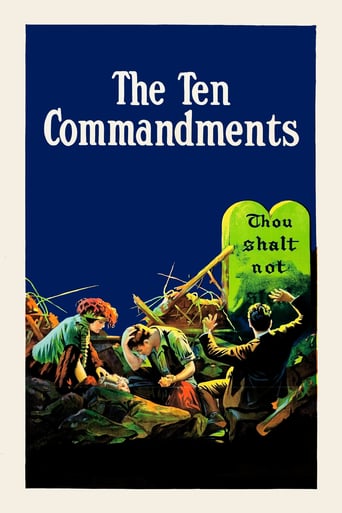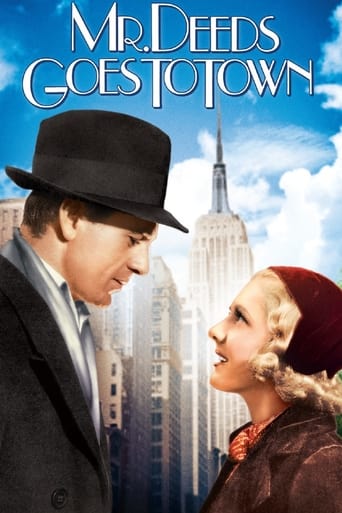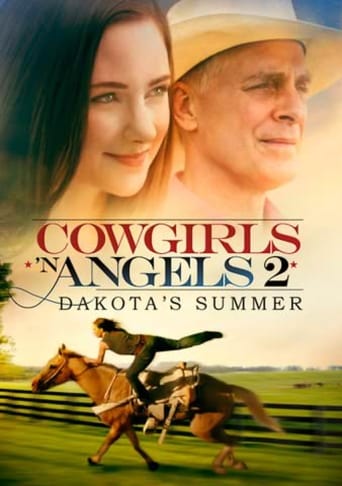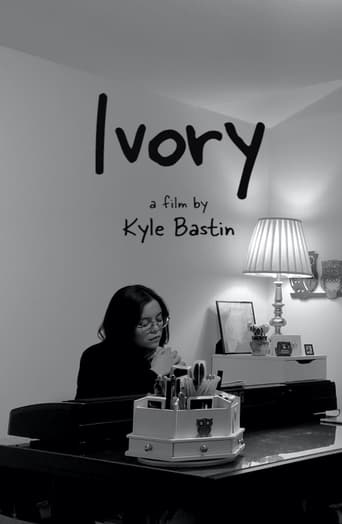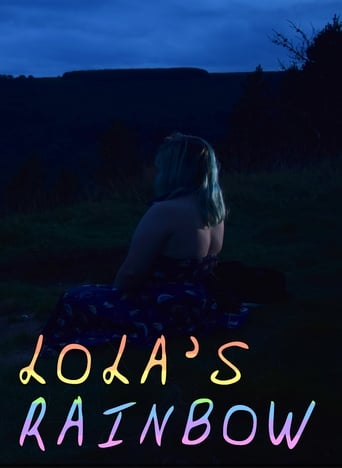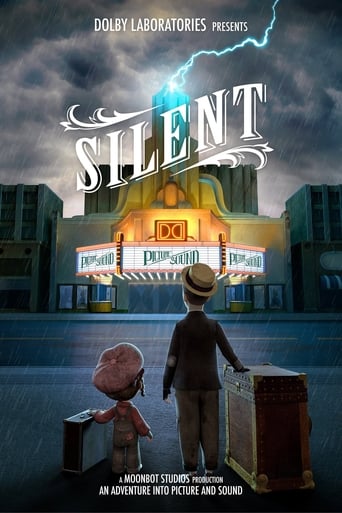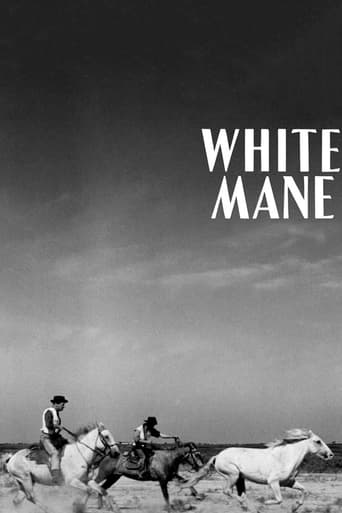
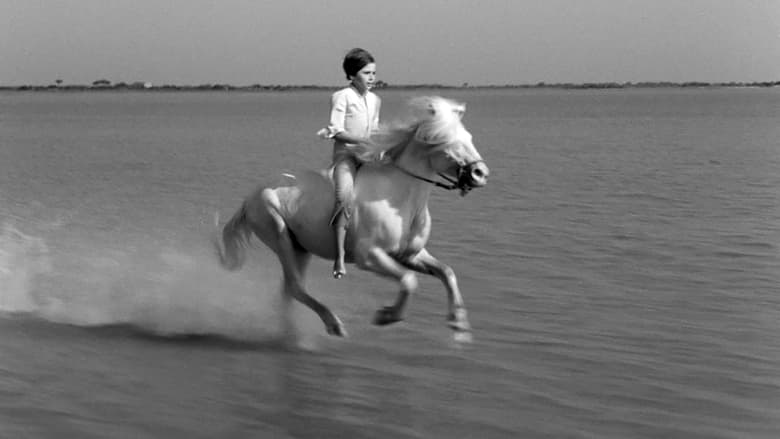
White Mane (1953)
In the south of France, in a vast plain region called the Camargue, lives White Mane, a magnificent stallion and the leader of a herd of wild horses too proud to let themselves be broken by humans. Only Folco, a young fisherman, manages to tame him. A strong friendship grows between the boy and the horse, as the two go looking for the freedom that the world of men won’t allow them.
Watch Trailer
Cast


Similar titles
Reviews
Why so much hype?
Terrible acting, screenplay and direction.
Really Surprised!
Good films always raise compelling questions, whether the format is fiction or documentary fact.
I have this as the adjoining feature to my DVD "The Red Balloon"' both written by Lamorisse. This is obviously in colour, while White Mane is in quite high-key black and white and this could have been to contrast the very different subjects and their treatment. Often colour film stock is shot at the time as it's relatively easy to get a monochrome version from it but impossible the other way around.It does work very well, though. And, to my mind and especially immediately after watching Red Balloon (for the 4th time) it had extra resonance.The Balloon takes on a life of its own and gets captured, cornered, like an animal (I think of it as the boy's pet dog, obediently following him, as in Disney films of old) and on its expiration, a "pack" of fellow rubbery spherical objects gather together and rescue the boy from the bullies.Similarly, the white stallion denotes freedom. It's wild, when very few horses, anywhere in the world, are. And, yet this is modern(ish) southern France, the Carmague. Schoolboy geography told me it to be a place of special beauty, for its flamingos and, yes, the horses.As with any western, baddie guys want to round up and imprison this symbol of beauty and freedom. The un-tamable. Only this lad can - and does. After injury in a fight with an incoming stallion, our horse reaches to the lad for help with its injuries.The final scenes are open to interpretation but to my mind are exactly as the boy in Red Balloon. But the outcome is exactly the opposite. Both the horse and the boy knew of their fate but free, together, they can never be captured. Nor their souls.
I was introduced to Albert Lamorisse's wonderful The Red Balloon way back in grade school, and it's just something I never forgot. It was the first French film I ever saw, though I didn't know that at the time. It's too bad that Lamorisse didn't make this earlier film without dialogue, as well, because it would be just as well known as its brother. It has so little dialogue and narration as it is, it's just a shame Lamorisse didn't consider the universality that a lack of dialogue would give the film. I think I might even like White Mane a tad better than The Red Balloon. The simple story is about a wild stallion named White Mane who is being hunted by a gang of ranchers. The hunt is observed by a young boy (Alain Emery), who becomes fascinated with the horse. When the ranchers fail to capture White Mane, the boy goes after him. Lamorisse began his film-making career as a documentarian, and this film reminds me a lot of some of the faux-documentaries made by Robert J. Flaherty, particularly Louisiana Story. The black and white cinematography is some of the most gorgeous I've ever seen. If not for an abrupt and unsatisfying ending, this would rank among my favorite films ever.
White Mane (1953) *** 1/2 (out of 4) Classic French film about a young boy (Alain Emery) who becomes fixated with an untamable white stallion. Even though the adults can't tame the horse, the young boy will stop at nothing to get the horse to notice him and eventually the boy breaks the horse. This is from the same director who made The Red Balloon and I must admit that I enjoyed this one a little bit more. Outside of one sequence, which I'll talk about later, this film is pretty flawless and at times downright beautiful. The cinematography is top-notch and really makes some great atmosphere especially the scenes in the pond. The pond sequence happens near the beginning of the film and it shows the boy putting a noose around the horse, trying to capture it, but then the horse takes off running and drags the boy through the water as well as the land. I'm not exactly sure how this was filmed but it was quite beautiful. Another great sequence happens at the end when the boy is finally able to get on the horse and a wild chase follows. The only rather disturbing scene is when the horse gets into a fight with another horse and this goes on for a good amount of time and it gets quite violent. The two horses are violently kicking one another and biting each other and these bites lead to some blood flowing and this scene is rather hard to watch.
Although this was an award-winning French film that won honors as Best Short Film at the Cannes Film Festival, there's really nothing that memorable about this B&W odyssey about a wild stallion and a small boy who tames it.The background music is pleasant, the photography is pleasing enough and the boy is a natural actor, but the story seems to be lacking something in spirit and seems rather bland by the time it winds up its tale in 43 minutes with a rather ambiguous ending.ALAIN EMERY is the boy, Falco, who befriends a white stallion in Camarque, arid lands in the south of France, much to the displeasure of a group of men who were trying to capture the animal themselves. Once the horse accepts him as a rider, he spends the rest of the film trying to avoid capture by the men on horseback who chase the boy and the horse all over the dunes and finally the beach, where boy and horse ride off into the waves.That's the story. Whether it captures your attention completely or not is debatable, but it is definitely well made and worth seeing at least once.Trivia note: The main page at IMDb specifies that the film was photographed in Eastman Color but the print shown on TCM was in black and white.


